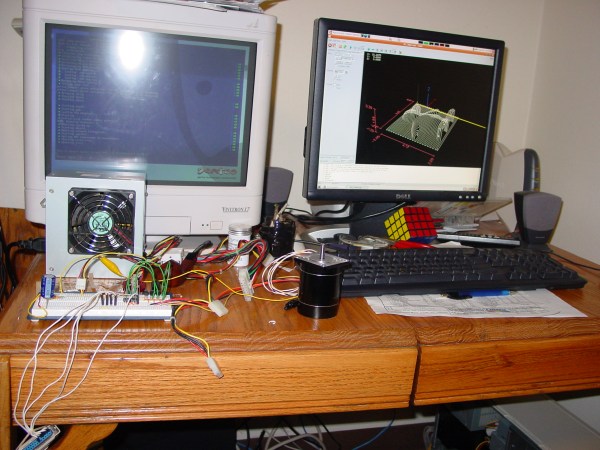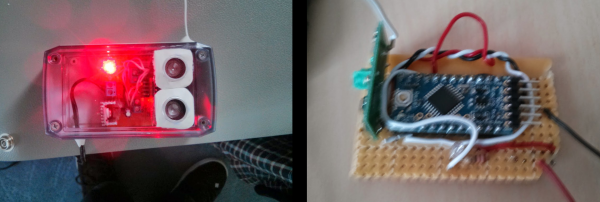Some hackers build sharp, mildly toxic nests of parts, components, and thrifty finds around themselves. These nests, while not comfortable, are certainly comforting. They allow the hacker’s psyche to inhabit a locale as chaotic as their minds. Within these walls of stuff and clutter, stunning hacks pour out amid a small cloud of cursing. This article is not for them.

For the rest of us, clutter is a Zen destroying, seemingly unconquerable, monster that taunts our poor discipline and organizational skill from the dark corner of our minds. However, there is an easy solution that is oft overlooked. Somewhat obviously, most organization problems can be solved by simply not having things to organize.
It’s taken me a very long time to realize the source of my clutter woes. My first tactic was to blame myself for my inability to keep up with the mess. A more superior human would certainly be able to use their effortless discipline to keep a space organized. However, the clutter was a symptom of a problem completely separate from my actual ability to keep a space clean.
Continue reading “Path To Craftsmanship: The Art Of Throwing It Away”


















